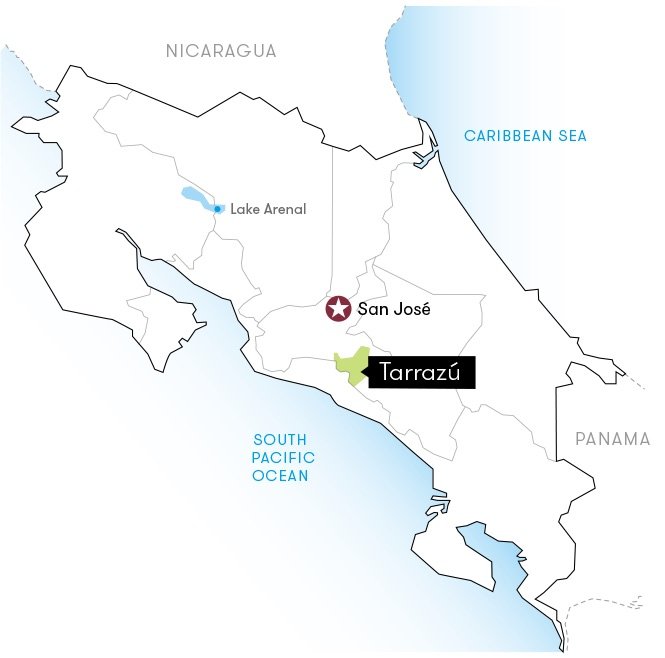Costa Rica Finca Monte Alto Natural
Characteristics: Melon, butter, fruit tea, dark chocolate
Origin: Costa Rica
Subregion: Tarrazú
Farm Name: Finca Monte Alto, Single Estate
Processing: Natural/Dry Processed
Plant Species: Arabica
Coffee Grade: CRI CA WA SHB
Characteristics: Melon, butter, fruit tea, dark chocolate
Origin: Costa Rica
Subregion: Tarrazú
Farm Name: Finca Monte Alto, Single Estate
Processing: Natural/Dry Processed
Plant Species: Arabica
Coffee Grade: CRI CA WA SHB
Characteristics: Melon, butter, fruit tea, dark chocolate
Origin: Costa Rica
Subregion: Tarrazú
Farm Name: Finca Monte Alto, Single Estate
Processing: Natural/Dry Processed
Plant Species: Arabica
Coffee Grade: CRI CA WA SHB
About This Coffee
Finca Monte Alto is one of two farms operated by Cafe Directo, a family business founded in 2013 by Father and daughter team, Gerardo and Jennifer Arias. The farm is dedicated to the production, processing, and marketing of the finest Costa Rican Tarrazú coffees in harmony with the environment. Directo’s vision is to contribute with the development of our society through fair and ethical trade.
Its founders have over thirty years of experience in the production and processing of specialty microlots qualities including naturals, yellow, red, and black honey, anaerobic, semi-washed and fully washed processes.
Monte Alto (literally, "high mountain") has, perhaps unsurprisingly, the higher altitude of the two farms with elevations up to 2,000masl, lending itself well to the production of highly complex arabica.
The Process
This lot was naturally processed on patio and raised beds. First, cherries are selectively harvested by hand to select only ripest. These are then separated by floatation to further select only the densest, highest quality cherries for processing. These are then slowly dried on raised beds for an average of 30 days, after which they are rested in a cool dry environment prior to secondary processing (hulling, grading, sorting and bagging for export)
The History of Costa Rican Coffee
Coffee came to Costa Rica as early as 1779 and within 50 years was generating more revenue than any other crop, but by the 1830’s they were growing more coffee than the ships heading south could take. And virtually no infrastructure existed for transporting even a small amount of green coffee to the east coast of Costa Rica (where London was a mere 5,000 miles away). The distribution woes of Costa Rican coffee producers reached the ears of an up-and-coming shipping magnate named William Le Lacheur in 1841 and on Christmas day, 1841 he sailed The Monarch into port at Puntarenas, Costa Rica, and thus began a long and mutually beneficial relationship. On one voyage to London in late in 1843, the Monarch carried more than half a million pounds of Costa Rican coffee.





